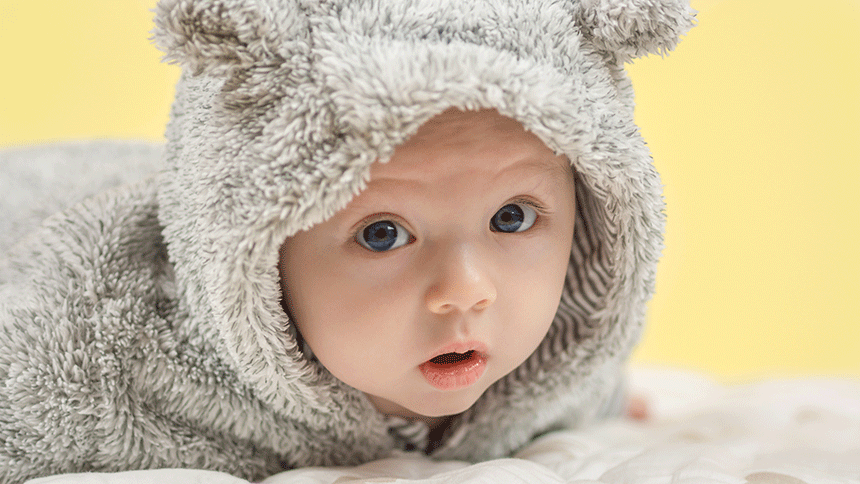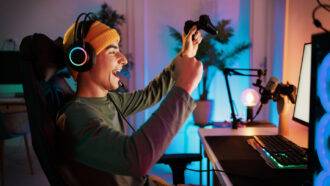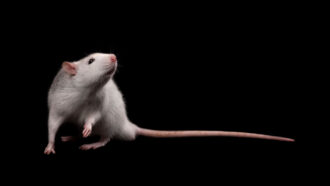Baby Talk
Some infants can tell the difference between two languages just by looking at the speaker's face.

Babies as young as four months old can identify their native language from a foreign language. To do this, they focus, watching a speaker's facial movements.
jansucko/iStockphoto
By Emily Sohn
Kids are far better than adults at learning how to speak multiple languages. Research now shows that very young infants might have some of the best language skills of all.
A new study suggests that babies between 4 and 6 months old can tell the difference between two languages just by looking at the speaker’s face. They don’t need to hear a word. Sometime between 6 and 8 months of age, babies raised in homes where just one language is spoken lose this ability. Babies from bilingual homes, on the other hand, keep the face-reading ability until they’re at least 8 months old.
Researchers in Canada, at the University of British Columbia in Vancouver, studied 36 infants from English-speaking families. Twelve of the babies were 4 months old, 12 were 6 months old, and the rest were 8 months old. Each baby sat on his or her mother’s lap and watched video clips of a woman talking. The woman was fluent in both English and French. In some clips, she read from a storybook in English. In other clips, she read in French. In all of the videos, there was no sound.
After watching clip after clip of the woman reading in just one language, the babies eventually started to look away, apparently because they were bored. The researchers then showed the babies a new silent clip of the woman reading a story in the other language. At that point, the 4- and 6-month olds started looking at the screen again. The 8-month olds, by contrast, paid no attention.
The second study involved a different set of 36 infants of the same ages. These babies were from English-speaking homes. They watched silent clips of the woman reading one set of sentences in either English or French until they grew bored. Then, they saw clips showing the woman read different sentences, but in the same language that she had already been speaking. None of the babies showed a renewed interest.
A third trial included 24 infants of the same ages whose families spoke both English and French at home. In the first set of clips, the woman spoke in one language, and in the second set she used the other language. All babies in this study looked longer at clips after the woman switched languages. That suggests that, in bilingual families, a baby’s ability to distinguish between languages persists at least until eight months of age.
Together, these results suggest that “visual information about speech may play a more critical role [in language learning] than previously anticipated,” says lead researcher and psychologist Whitney M. Weikum. It’s not yet clear, she adds, which part of the speaker’s face babies are looking at for clues.
Next, scientists want to see whether babies can match faces with the voices of foreign-language speakers. If babies can do this, the scientists would then like to know if this ability also declines toward the end of the first year of life.—Emily Sohn
Going Deeper:
Bower, Bruce. 2007. Face talk: Babies see their way to language insights. Science News 171(May 26):325-326. Available at http://sciencenews.org/articles/20070526/fob6.asp .
Sohn, Emily. 2007. Talking with hands. Science News for Kids (May 9). Available at http://www.sciencenewsforkids.org/articles/20070509/Note2.asp .







